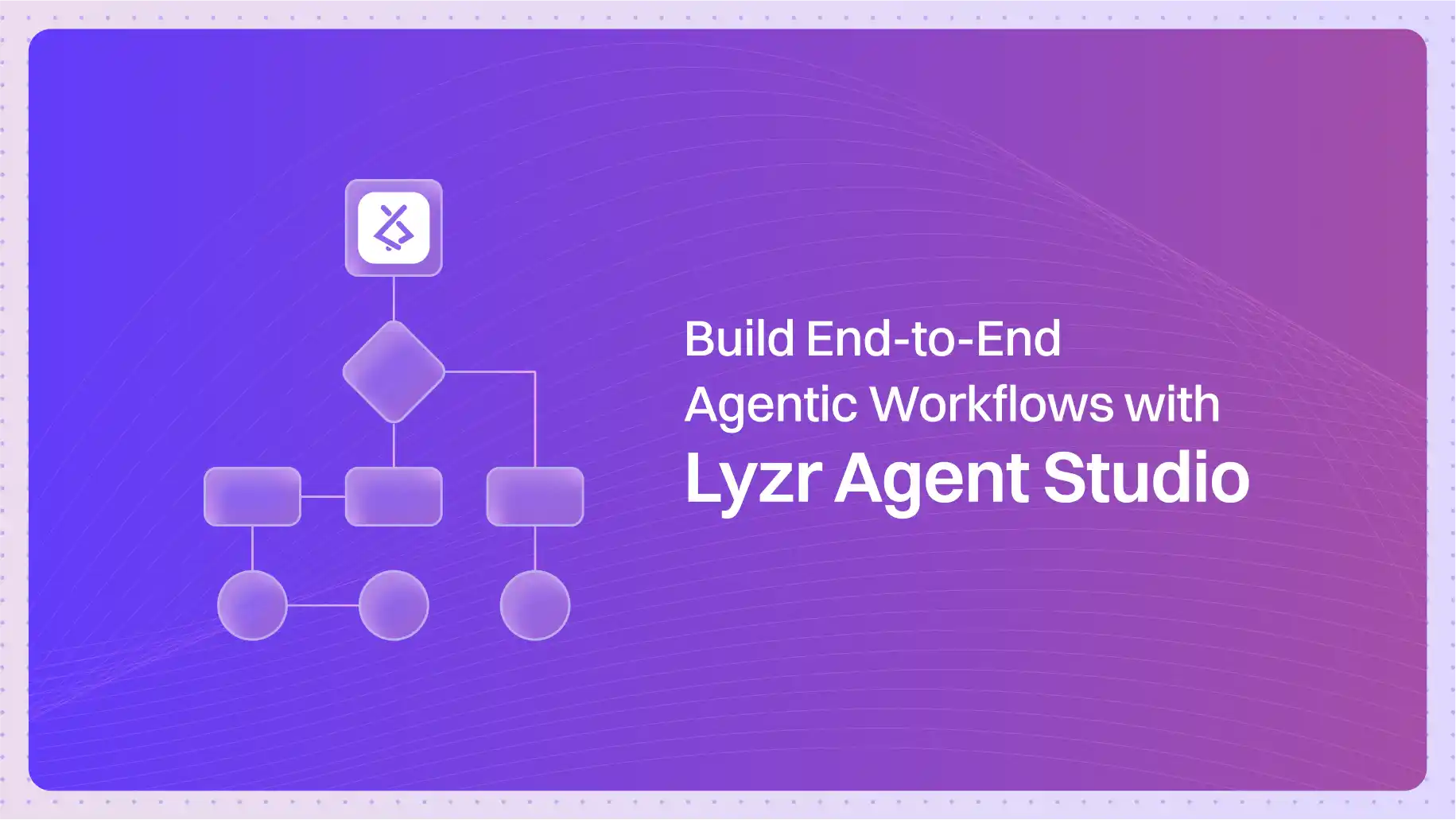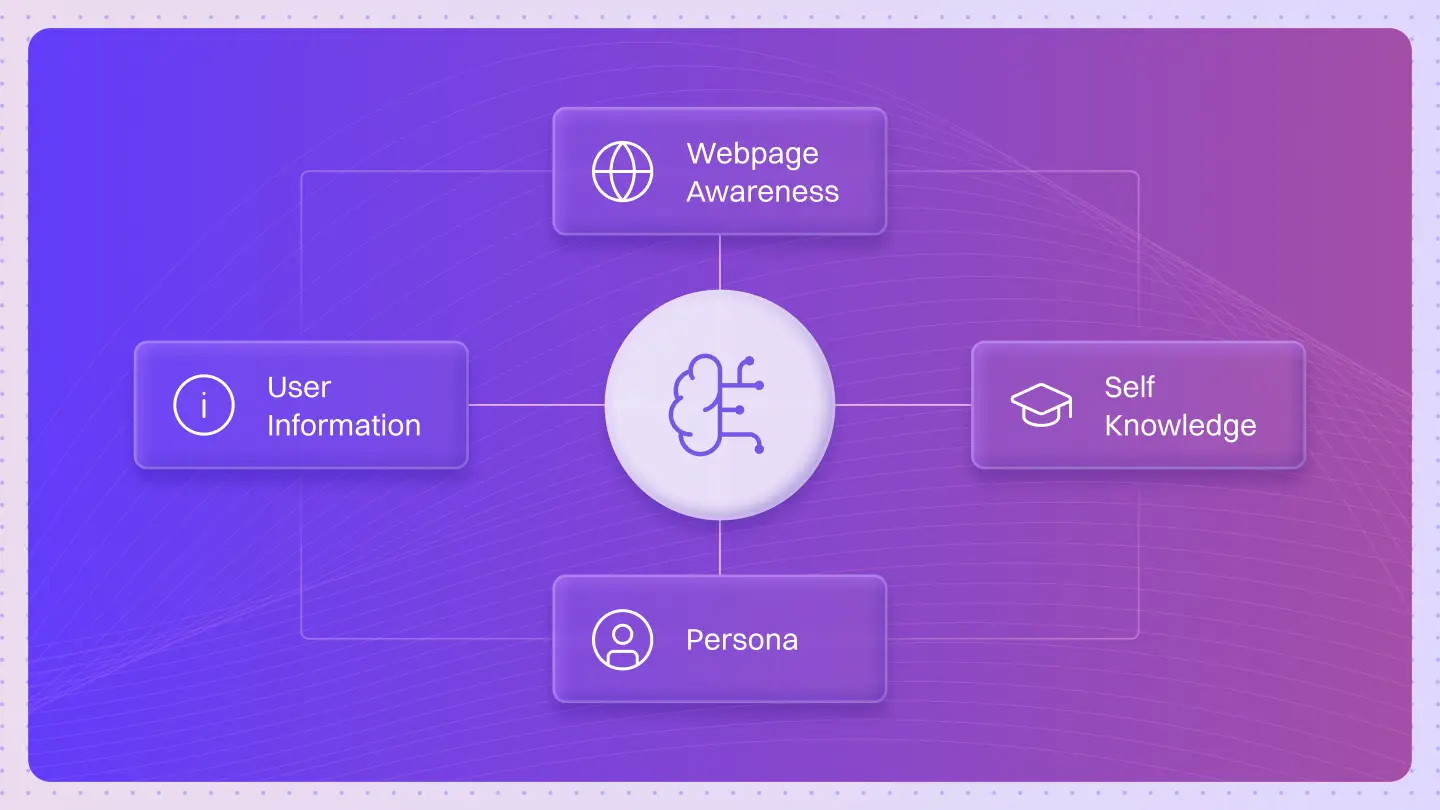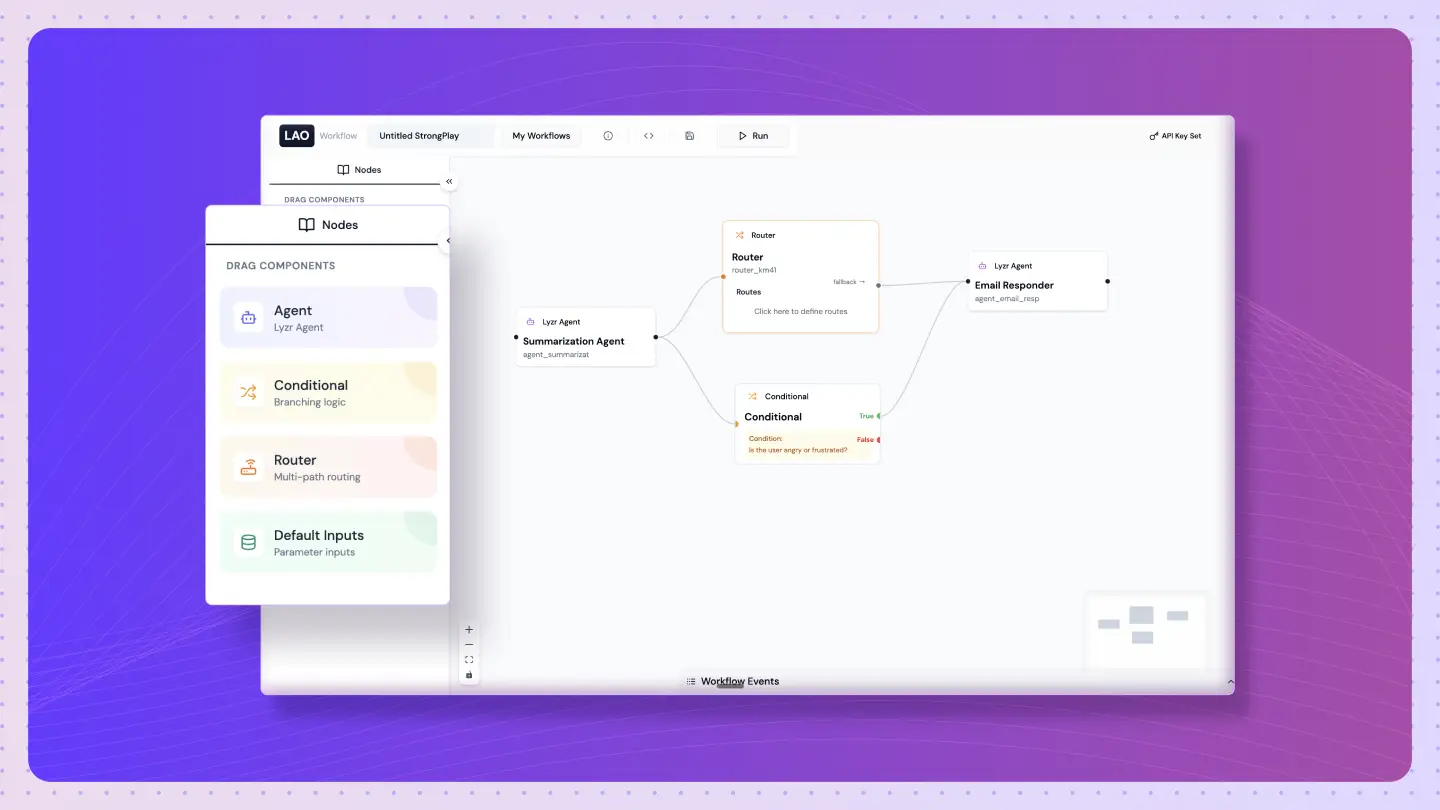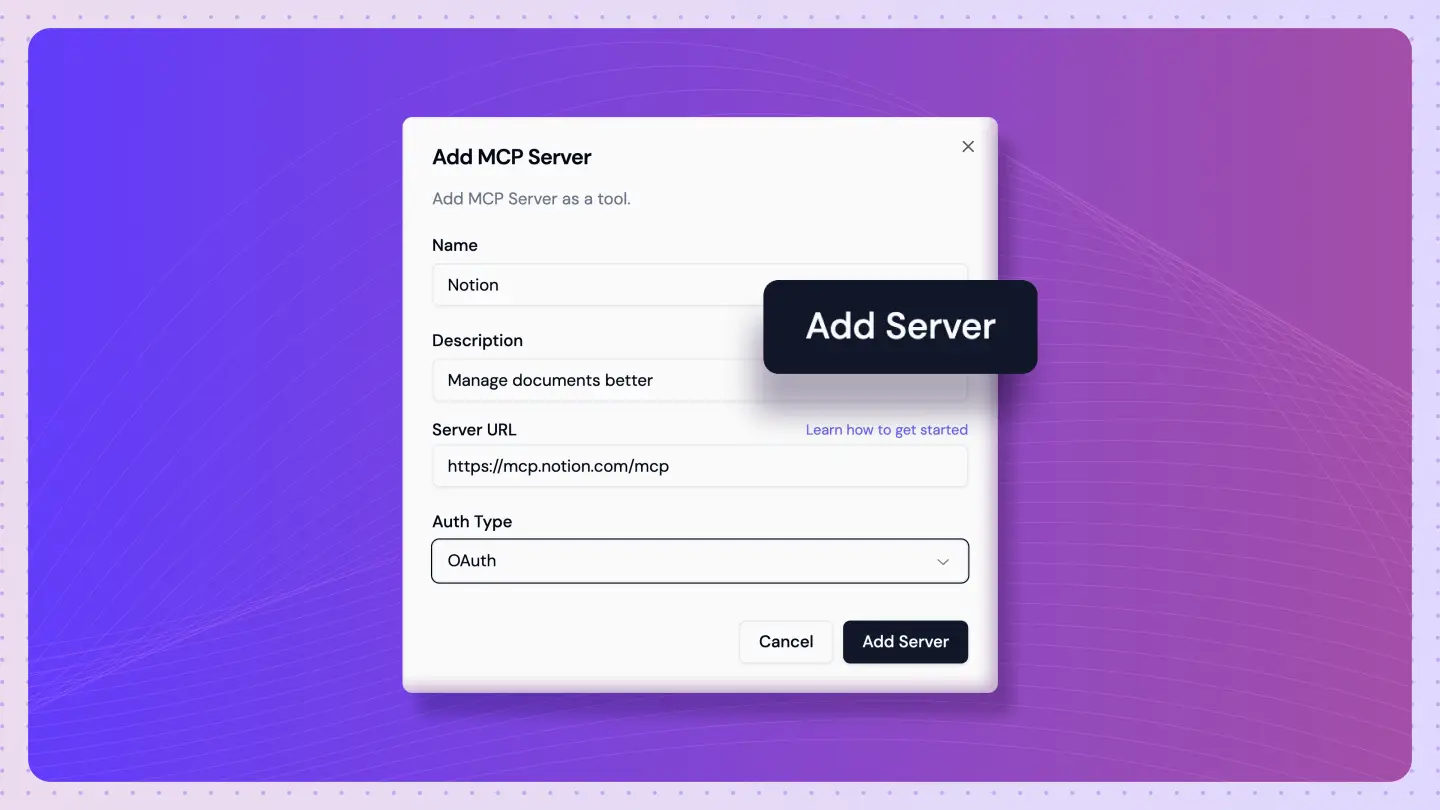Table of Contents
ToggleAgentic workflows build on a concept called autonomic computing, first developed by IBM in the 1990s. This approach follows a simple cycle: Monitor, Analyze, Plan, and Execute (MAPE).
Agentic workflows are a type of ai workflow, often referred to as agentic ai workflows, that represent a new generation of artificial intelligence systems designed to operate autonomously, adaptively, and intelligently.
AI agents still follow this loop today, but with much more intelligence, thanks to the careful selection of appropriate AI technologies.
With machine learning and generative AI, agentic workflows can now handle more complex tasks. Unlike older AI systems that just take input and produce output, these workflows adjust, refine, and improve their approach to get better results. The benefits of agentic workflows include increased efficiency, scalability, and enhanced decision-making capabilities, allowing organizations to optimize operations and reduce costs.
Autonomous systems play a crucial role in this evolution, transitioning from supportive roles to fully independent decision-making capabilities, thereby enhancing productivity across various fields. Agentic workflows represent a shift toward continuous improvement and continuous learning, enabling AI agents to adapt, optimize, and evolve their performance over time.
For example, when ChatGPT 3.5 was used in an agentic workflow instead of a simple one-shot response, its coding accuracy jumped from 48.1% to 95.1%. AI expert Andrew Ng highlighted this as proof that agentic workflows help AI reason more like humans and act with greater independence.

What makes a workflow agentic?
The table below outlines the key components and components of agentic workflows that differentiate them from traditional workflows.
| Traditional Workflow | Agentic Workflow |
|---|---|
| Predefined steps | Dynamic decision-making based on context |
| Manual triggers | Self-initiated actions based on rules or inputs |
| Siloed tools or scripts | Integrated reasoning across systems and data |
| No memory of past runs | Persistent memory across tasks and sessions |
| Static responses | Adaptive responses based on outcomes and feedback |
| Fully human-controlled | Agents operate with autonomy, within boundaries |
The Gaps in Existing Agent-Building Approaches
While there’s been a surge in agent frameworks and libraries, most fall short when it comes to building complete, goal-driven workflows. Traditional AI systems and robotic process automation primarily focus on automating routine tasks and data entry, but lack the flexibility and intelligence of agentic workflows. Existing solutions often require manual integration of automation tools to automate processes and automate tasks, which increases complexity and slows adoption. They either focus on narrow tasks or leave orchestration to the developer, slowing down real adoption in business settings.
1. Disjointed Stacks
| Problem | Impact |
|---|---|
| Tools for orchestration, memory, deployment all separate | Manual integration overhead |
| No unified interface | Slower build cycles |
| High technical complexity | Inaccessible to non-developers |
2. Too Much Code, Too Little Flexibility
| Problem | Impact |
|---|---|
| Agent logic requires scripting | High entry barrier for non-tech teams |
| No visual control | Hard to experiment or iterate quickly |
| Developer bottleneck | Slows down collaboration with business users |
3. Limited Autonomy
| Problem | Impact |
|---|---|
| Agents follow static flows | No adaptive decision-making; workflows with limited autonomy often require constant human oversight and frequent human intervention, as agents cannot adapt to new situations. In these cases, human agents are needed to handle exceptions or complex scenarios that the system cannot address autonomously. |
| No memory or context | Can’t personalize responses or actions |
| Behaves like a bot, not an agent | Limited usefulness in real-world tasks |
4. No Easy Triggers or Integrations
| Problem | Impact |
|---|---|
| Agents can’t be triggered natively from common platforms | Friction in adoption |
| Slack, API, cron triggers need custom setup | Slows down deployment |
| Poor integration support | Can’t fit into existing workflows easily |
5. Lack of Safety and Control
| Problem | Impact |
|---|---|
| No built-in guardrails or limits | Risk of unpredictable outputs |
| Hard to audit agent behavior | Enterprise teams can’t trust deployment |
| No centralized control | Difficult to scale responsibly |
Key Components: How Lyzr Bridges the Gaps
| Gap | How Lyzr Helps | Benefit |
|---|---|---|
| Disjointed stacks | Combines orchestration, memory, RAG, deployment, and integrations in one no-code Studio | One platform from start to scale |
| Too much code | Offers both no-code builder and developer SDKs/APIs | Suits business users and engineering teams alike |
| Limited autonomy | Supports multi-agent workflows, memory, agent reasoning, and enables multi agent systems, multiple agents, and multi agent collaboration so agents can collaborate efficiently and streamline operations | Leads to intelligent workflows and improving operational efficiency |
| No easy triggers | Supports Slack, cron, API, webhook, and App Store integrations | Agents run where the work happens |
| Lack of safety | Built-in guardrails, audit logs, and enterprise controls | Safe, compliant, and production-ready |
Lyzr bridges these gaps by enabling the creation of intelligent agents that work together in multi agent systems to improve operational efficiency, streamline operations, and deliver intelligent workflows across your organization.
Building Agentic AI Workflows Using Lyzr Agent Studio
Implementing agentic workflows and adopting agentic workflows enables agentic process automation for a wide range of business processes, including onboarding processes, handling customer inquiries, and processing invoices. Lyzr Agent Studio provides a complete ecosystem to build Agentic RAG systems with intelligence, memory, and modular expansion.
Agentic workflow patterns serve as frameworks for building automated workflows and complex workflows, enabling organizations to orchestrate multi-step, decision-dependent operations efficiently.
Lyzr enables the creation of ai driven agentic workflows that use large language models, large language models llms, ai models, and natural language processing to perform tasks, execute tasks, and complete tasks autonomously.
Agentic workflows rely on real time data, process data, analyze data, and perform data analysis, including real time data analysis, to optimize performance and adapt to changing environments.
Integrations and models leverage training data and performance data to improve continuous learning and operational efficiency.
These workflows reduce operational costs and free up human workers for more strategic tasks and more strategic tasks, maximizing organizational value.
1. Short-Term & Long-Term Memory for Contextual Recall
Lyzr Agent Studio enables AI agents to retain and recall information dynamically:
- Short-term memory maintains context within ongoing interactions.
- Long-term memory stores knowledge for future reference, allowing agents to improve over time.
This ensures responses are not just retrieved but also contextualized based on past interactions.
2. Modular AI for Actionable RAG
Lyzr Agent Studio extends RAG beyond retrieval by integrating tools and AI modules:
- Trigger APIs, run computations, or fetch external data within responses.
- Integrate reasoning and decision-making models for deeper AI capabilities.
- Automate multi-step processes based on retrieved knowledge.
This makes AI agents not just sources of information but also action-driven systems.
3. Native Integration with Vector Databases
Lyzr Agent Studio connects seamlessly with:

- Quadrant for high-speed, scalable vector search.
- Weaviate for schema-based, ML-powered vector retrieval.
- We have more data connectors, check out our platform
This ensures faster and more accurate information retrieval, optimizing how agents handle large-scale data.
4. Knowledge Base Integration for Smarter Retrieval
RAG models are only as good as their data sources. Lyzr Agent Studio enhances knowledge retrieval by integrating structured data sources, including:

- PDFs and text documents
- Web-based knowledge repositories
- Unstructured text processing
5. Tools, Multi-Agent Collaboration, and Multi-Model Support for Actionable RAG
Lyzr Agent Studio extends RAG beyond retrieval by integrating:
- Third-party tools to perform actions like sending emails, managing notifications, and automating workflows.
External tools enhance RAG systems by bridging knowledge gaps and managing complex tasks.

- Multi-model support, including OpenAI’s GPT, Google’s Gemini, Anthropic’s Claude, Amazon Bedrock, and DeepSeek, allowing users to choose the best AI model for each task.

Lyzr Agent Studio redefines RAG by enabling AI agents that don’t just retrieve information—they remember, reason, and act. With no-code development, advanced integrations, and multi-model support, it’s the fastest way to build intelligent, action-driven AI agents.
Example of Agentic Workflow
Lyzr’s Teller Assistant Agent is here to simplify the teller’s daily tasks and improve service efficiency by providing an innovative solution.

Here’s how it makes a difference:
- Instant Access to Critical Info: Tellers can quickly access customer data, product details, and policy updates, all within a user-friendly interface, ensuring faster and more accurate service. Customer support teams can effectively manage in-person inquiries and resolve minor issues without escalation. The agent can also handle customer inquiries and analyze data in real time to support decision-making and provide timely responses.
- Streamlined Operations: The agent automates repetitive tasks like form filling, document verification, and compliance checks, freeing up tellers to focus on customer interactions. It also automates data entry, processes invoices, and handles invoice data as part of automated workflows and complex workflows, improving efficiency in financial operations.
- Secure and Compliant: With Lyzr’s Safe AI principles, the Teller Assistant Agent ensures all interactions comply with security and regulatory compliance standards, protecting sensitive information while improving efficiency. The agent helps streamline operations, improve operational efficiency, and allows human agents to focus on more strategic tasks.
Building AI Agents for a unique use case?? Book a demo today
As an intelligent agent, the Teller Assistant Agent is capable of task execution, performing tasks, and completing tasks across various business processes, enabling organizations to automate routine tasks and collaborate efficiently.
Book A Demo: Click Here
Join our Slack: Click Here
Link to our GitHub: Click Here










